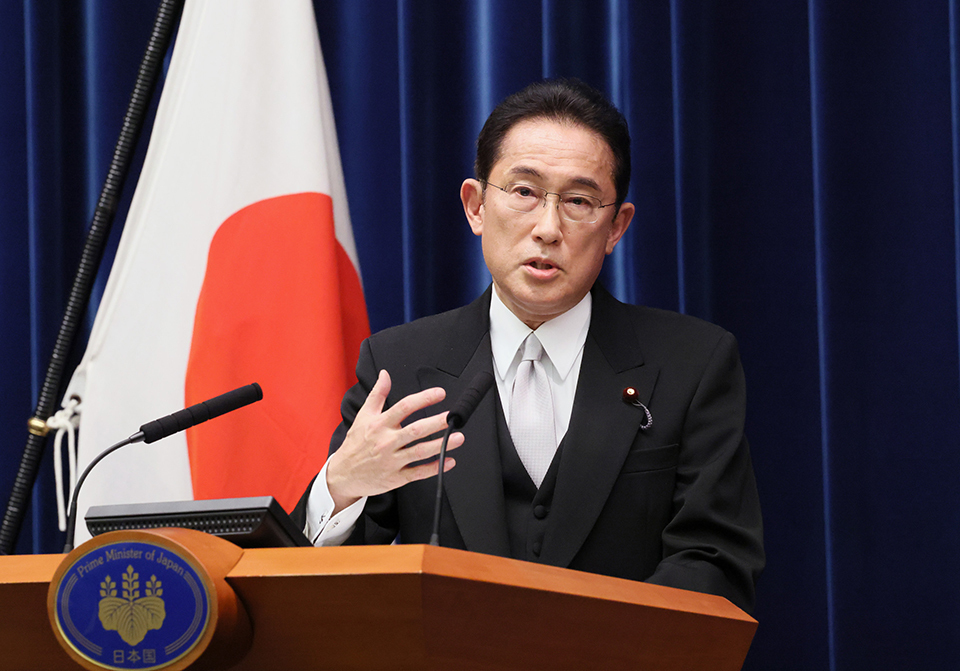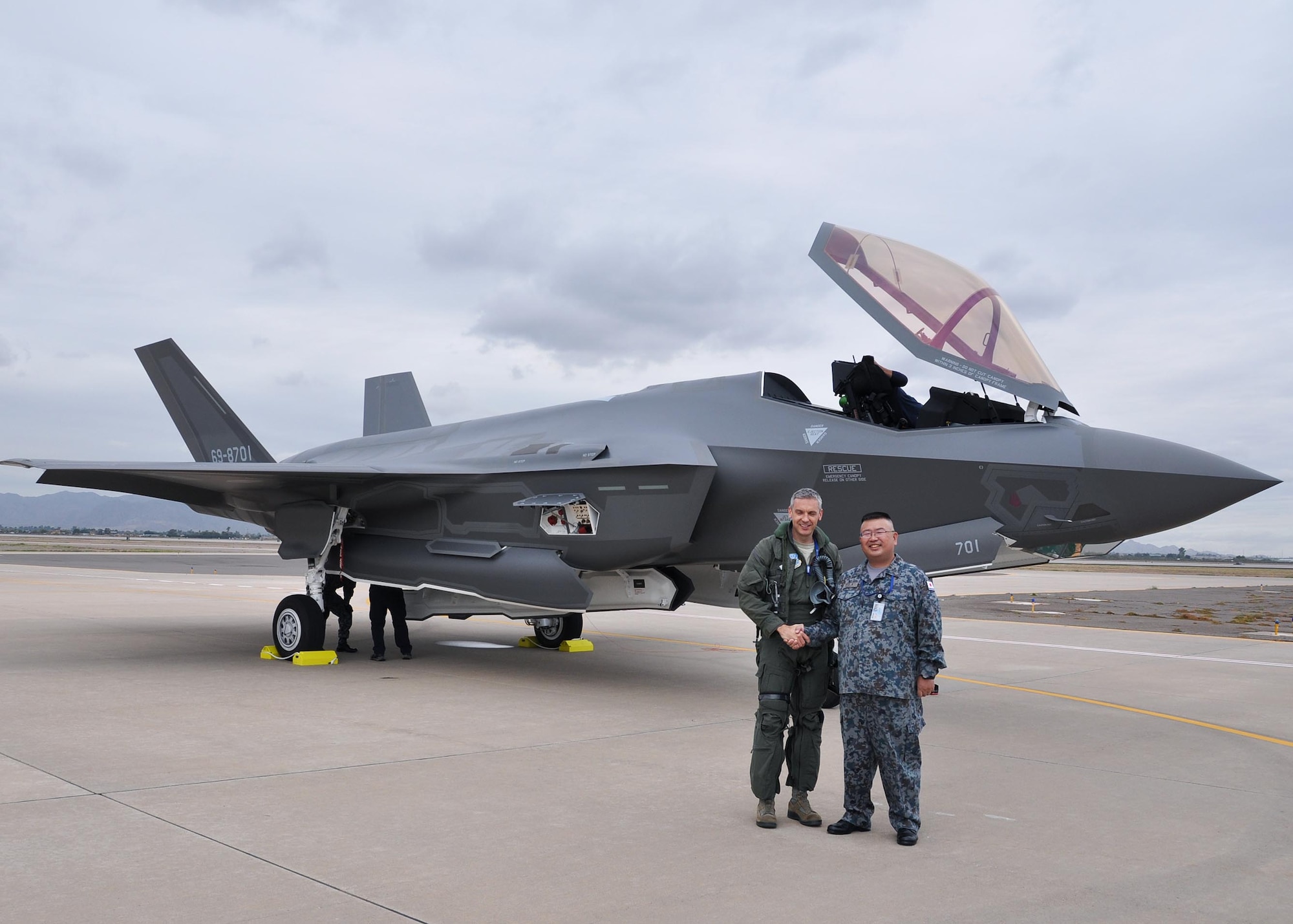In the face of escalating military actions by China in the Indo-Pacific region, Japan is poised to initiate talks for a new security agreement with the Philippines aimed at strengthening defense collaboration and enabling joint military exercises.
Japanese Prime Minister Fumio Kishida, who is scheduled to visit the Philippines on November 3, intends to establish the initial framework for a new security treaty.
Kishida is scheduled to meet with Philippine President Ferdinand Marcos Jr. During their discussions, they are anticipated to consider initiating negotiations for a “reciprocal access agreement.”
This agreement aims to streamline the procedures for Japan’s Self-Defense Forces and the Philippine military to deploy troops and equipment in each other’s nations. Implementing such an agreement would facilitate the execution of joint military exercises.
If these negotiations prove successful, the Philippines would become the third country to establish such an agreement with Japan. Tokyo maintains reciprocal access agreements with the UK and Australia, both regarded as quasi-allies.

The “reciprocal access agreement” represents a crucial component of Tokyo’s strategy to enhance its network of “quasi-allies” for collaborative training and cooperation in the Indo-Pacific region.
On October 30, as he discussed his upcoming visit, Kishida intended to foster collaboration on the various challenges confronting the region and the global community.
During his visit, he is set to become the first Japanese prime minister to address the Philippine Congress, where he will unveil Japan’s prospective diplomatic strategy in Southeast Asia.
Shashank S. Patel, a Geopolitical and defense analyst, told the EurAsian Times, “PM Kishida’s visit to the Philippines is in his policy-defining spree before hosting the Japan-ASEAN Summit to celebrate 50 years of diplomatic relations next month. His planned policy speech to the Filipino Parliament will lead to a revamped security architecture for ASEAN countries.”
Patel explained, “It will start a new chapter in South-East Asian diplomacy through the clinical response to the Chinese challenge. The recent South China Sea clashes between China & Philippines attracted the much-needed enhanced defense deployments from the US & Japan.”
“Japan knows that the Philippines’ maritime defense capabilities are the most effective among the ASEAN members to counter China in the South China Sea, which needed to be backed by international partners in critical times,” he added.
Furthermore, Tokyo is enhancing the maritime surveillance capabilities of the Philippines by supplying them with coastal radar systems and patrol vessels. Additionally, Japan is also considering transferring aircraft and other equipment to strengthen its partnership with the Philippines further.
Following his visit to the Philippines, Kishida is set to travel to Malaysia, where he is expected to discuss offering support under the official security assistance (OSA) program with Malaysian Prime Minister Anwar Ibrahim.
New Security Agreement To Counter China
If established, the Reciprocal Access Agreement (RAA) with the Philippines would represent Japan’s first such agreement with a member of the Association of Southeast Asian Nations and its third overall, following similar arrangements with Australia and Britain.
These agreements are designed to facilitate the exchange of defense personnel for training and disaster relief operations while also relaxing restrictions on the transportation of weapons and supplies.
Under the Philippines-Japan RAA, both countries would have the ability to deploy their troops to each other’s territories for various training and operational purposes.
In April 2022, during a meeting between the foreign and defense ministers of Japan and the Philippines, an agreement was reached to initiate discussions on how to advance and streamline defense cooperation.
This included the exploration of frameworks for reciprocal visits and logistical support, signifying a commitment to bolstering their collaboration in the realm of defense.

For instance, following the signing of the Reciprocal Access Agreement (RAA) with Australia, Japanese fifth-generation F-35 stealth fighters embarked on their first overseas deployment in August 2023.
Additionally, Tokyo is planning the deployment of fighter jets to Australia on a rotational basis, with the initiative expected to commence as early as the next fiscal year.
This deployment aims to facilitate joint exercises to enhance their combined capabilities to counter potential threats or attacks in the Australian region.
Japan and the Philippines share common maritime challenges posed by Beijing in the East and South China seas. The Philippines had a recent incident where one of its supply ships collided with a China Coast Guard vessel near the disputed Spratly Islands on October 22, further escalating tensions in the region.
Tokyo and Manila are also committed to strengthening their cooperation in troop operations. Notably, Japan’s Ground Self-Defense Force (SDF) will, for the first time, participate in discussions with US and Philippine forces to plan an amphibious exercise simulating the recapture of a remote island, scheduled for November.
Simultaneously, in the same month, the Philippine Navy will partake in joint drills alongside Japanese, US, and Australian maritime forces for the first time, albeit in an observational capacity.
Furthermore, discussions are underway between Tokyo and Manila regarding the possibility of Philippine officers receiving training in submarine warfare and offshore resupply operations aboard SDF ships.
- Contact the author at ashishmichel(at)gmail.com
- Follow EurAsian Times on Google News




